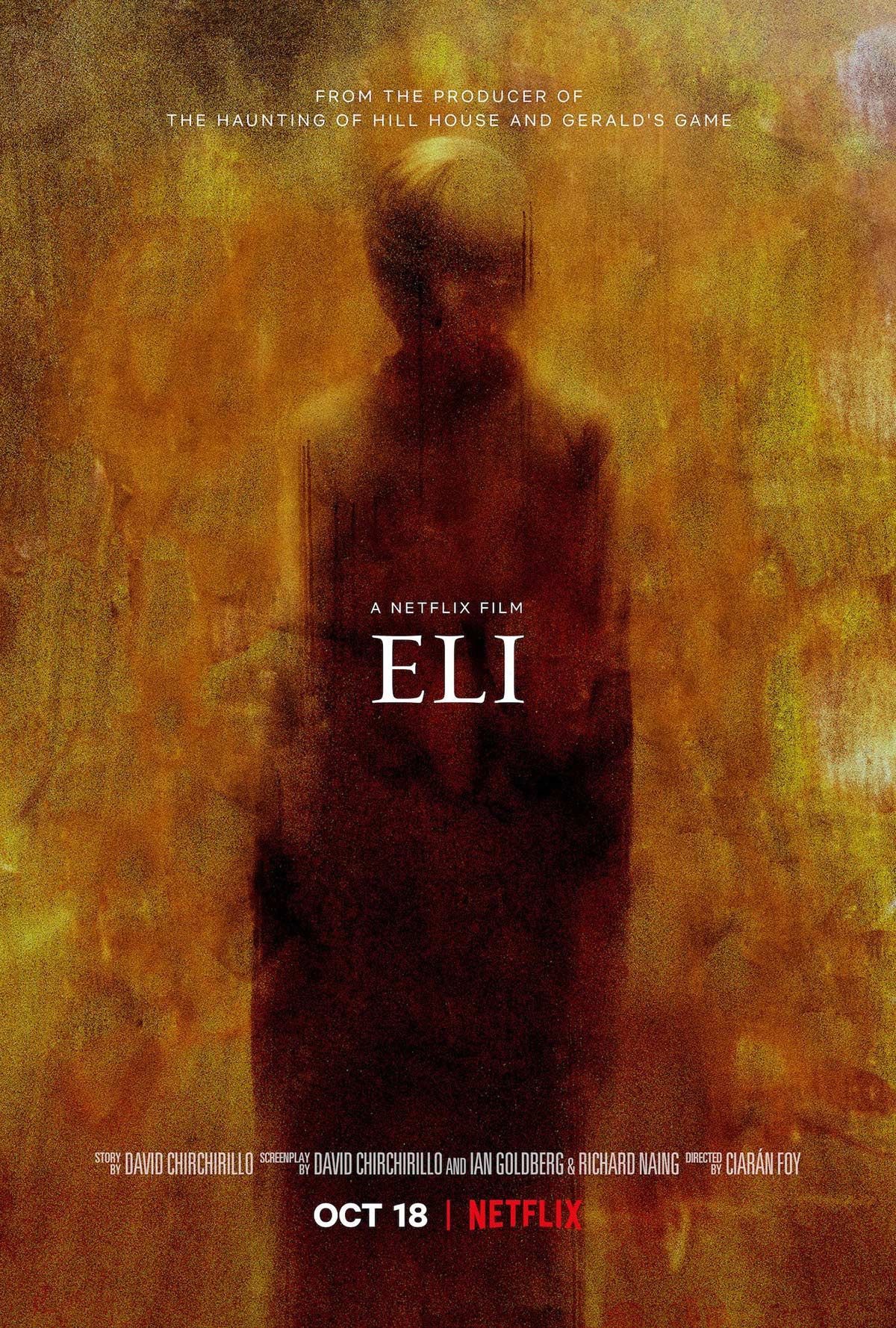
It's easy to tell if a show is worth binging on when you just can't stop watching it. It doesn't matter if your search is for Breaking Bad or House of Cards, there are plenty of options. Make sure you watch it.
Breaking Bad
Breaking Bad, a television series that is critically acclaimed has a huge fan base. Walter White is a chemistry teacher who has a son with cerebral palsy. The show follows his life as he tries to find a way to provide for his family. He's also about to give birth to a second child.

The Leftovers
The Leftovers is a great series for fans of supernatural drama. This HBO series stars a stellar cast, including Justin Theroux, Carrie Coon, Christopher Eccleston, Regina King, and Jovan Adepo. The series has received numerous awards including three Emmys. The story spans three seasons. And the chemistry among the characters is incredible.
Separation
Severance, a new series on Apple TV+, is worth watching. It's a sci fi psychological thriller about a group that undergoes an experimental medical procedure to separate their personal and professional memories. The series centers on Mark (Adam Scott), who leads a team of investigators who try to uncover the company's sinister motives. Severance can be slow and confusing at times but it is well worth the effort.
Yellowjackets
Yellowjackets, a TV series that follows four adult characters, has an interesting premise. The four characters are left on an island after a plane accident. Its story is filled with horror and comedic relief, with comparisons to Lost, Lord of the Flies, and Cast Away. Fans of genre dramas are sure to find Yellowjackets binge worthy.

The Nurse Practitioner
The Nurse Practitioner is a holiday-themed, feel-good show about a nurse who makes a move to a small town in northern California and falls for unexpected love. The show is built on the chemistry between young love, and the magic of young romance. Anne Hathaway plays Lily, a young, hopeful girl who falls in love with Dash, her young patient.
FAQ
What is a TV Spot?
A TV spot is a short (usually 30-second) advertisement that appears between programming segments on a television channel.
Most TV stations will run multiple spots per day. Each TV spot will typically focus on a single topic or theme. These spots are often intended to promote a company or brand.
In addition to promoting products or services, TV commercials can also be used to market events, political campaigns, charitable organizations, and even movies and music videos.
How are TV ads measured?
Advertisers use the number of people who actually view an ad to measure their effectiveness. They also gauge whether their ads have reached their target markets.
They do this by using surveys that ask viewers if they remember seeing the ad. If they respond yes, they are aware that they were exposed.
If they don't say yes, they are aware that they were not exposed to the ad. This gives them an indication of how effective it was at reaching their target market.
What are the different styles of commercials?
Three main types of commercials exist: TV Commercials and Radio Commercials.
TV Commercials are usually 30 seconds long. They're often used for brand awareness campaigns.
Radio commercials are usually longer (1 minute) and used for product promotion.
Print ads are shorter (usually 2-3 minutes), and they're usually aimed at specific audiences.
How does TV Advertising work
Advertising on television is a great way to reach customers who are watching TV. It is also very affordable. The most common form of advertising on television is commercial breaks. These usually last for 30 seconds but may be extended if the commercial is about a special event or sporting match. Commercials are often sponsored by companies who want to promote their products or services. They pay for airtime during these commercials. Some commercials feature product information, others display images and music. Programs often have 'product positioning' which allows brands to be featured in the program. This could include a brand appearing in a scene showing how their product could fit into the program or providing background information.
What is the average time it takes to create a commercial?
It depends on the size and complexity of the project. A small project might only need one person to film it, while a large project may need several hundred people.
A 30-second spot generally takes between 2-5 business days to complete.
TV and business: Is it a good idea?
Yes, TV can be a great tool for businesses. Television helps businesses reach more clients.
Placards can be put up in the streets when you are trying to sell your home. Advertise in the local newspapers, including the newspaper, real estate section and classifieds.
Advertise online via websites and social media sites, such as Facebook.
Television doesn't require you to put up signs or write articles.
Instead, relax and allow someone else to do all the work.
This will ensure that you get the best results, without having to invest in expensive marketing campaigns.
What does it cost to produce a commercial?
Production costs money for a commercial. The amount depends on the length of the spot, the number of actors involved, the location where the shoot takes place, etc.
A 30 second commercial will typically cost between $20,000-40,000.
Statistics
- In fact, when the ad first launched, Dos Equis quickly became one of the fastest-growing beers, increasing its sales by over 22%. (qualitylogoproducts.com)
- This includes 97 percent of Gen X, and 95 percent of Millennials. (marketingevolution.com)
- Radio is extremely accessible – 95 percent of cars have radios, and 99 percent of homes have radios. (marketingevolution.com)
- Not to mention, sales rose an incredible 11% following the launch of this commercial. (qualitylogoproducts.com)
- With OTT ad revenue set to increase from 45% to 60% over the next decade, AdTech pioneers and early adopters of OTT advertising will reap its benefits in the near future. (clearcode.cc)
External Links
How To
How do I choose which type of advertisement to run on television?
There are many things that you need to think about when choosing between traditional printed advertisements, digital billboards radio spots, TV commercials, and television ads.
First, you need to decide whether short-term outcomes or long term exposure are more important.
An advertisement that generates immediate sales must have short-term exposure. The advertisement should make people aware of your product immediately.
You want to increase awareness for a longer time. This could be weeks or even months.
Next, you will need to decide whether one-off or ongoing campaigns are best.
When you are promoting a single event like a holiday sale or new product launch, one-off campaigns can be used. These campaigns require a lot more planning and preparation.
Although they are more cost-effective, ongoing campaigns are often less efficient. These campaigns involve the same ad being run every week or month.
Finally, decide how much you will spend.
There are two options: invest large or small amounts in advertising. Small amounts of advertising will cost more per impression than larger amounts.
However, if you do not run as much advertising, it will be difficult to reach as many potential clients.